3 Bomba Rice Substitutes for Spanish Recipes
Bomba rice substitutes can save the day when this Spanish specialty isn't available for your paella or risotto dishes.
Authentic bomba rice often comes with a hefty price tag and limited availability outside Spain, making alternatives a necessity for many cooks.
The good news? Several alternative grains offer similar characteristics that make bomba rice so beloved; namely its exceptional absorption capacity and ability to maintain structure even when loaded with flavorful liquids.
From common pantry staples to specialty varieties found in well-stocked markets, these alternatives deliver comparable results without compromising the integrity of traditional recipes.
Rice enthusiasts might be surprised at how effectively certain substitutes mimic bomba's unique properties while adding their own subtle nuances to finished dishes.
Professional chefs around the world regularly adapt their techniques for these alternatives when authentic bomba remains out of reach.
Continue reading to learn which specific rice varieties should top your shopping list when bomba isn't an option.
What Makes Bomba Rice Unique?
Bomba rice is a prized Spanish short-grain rice known for its remarkable ability to absorb flavors and keep its shape, making it the go-to choice for paella and other Mediterranean dishes. Its unique qualities turn simple meals into something truly special and satisfying:
When You Might Need a Bomba Rice Substitute
Bomba rice is prized for its ability to soak up broth and deliver a creamy, yet separate grain in paella and other Spanish dishes, but there are times when finding a replacement is necessary:
Perfect Replacements for Bomba Rice
Bomba rice swaps still absorb flavors beautifully, making paella and risotto just as satisfying. Texture remains pleasantly firm. Find the rice that could star in your next dish.
Arborio Rice
Arborio rice stands as the closest substitute to bomba rice, despite its fame in creamy risotto dishes rather than paella.
This short-grain rice absorbs plenty of water, creating a paella with similar consistency to one made with authentic bomba rice.
Most American supermarkets and European shops, especially in Italy, keep Arborio rice well-stocked, making it much easier to find than bomba rice.
When using it in recipes, you can swap in equal measurements of Arborio for bomba rice without complicated conversions.
Due to its starchy nature, you might need to adjust your liquid amounts slightly to prevent your paella from becoming too creamy or soft.
Calasparra Rice
Calasparra rice stands out as an exceptional substitute for bomba rice due to its identical absorbent qualities that create fantastic paella results.
Native to Spain's Marcia region, this short-grain rice mimics bomba's performance so perfectly that equal amounts can be used in recipes without any special preparation.
Finding this authentic Spanish rice might be challenging outside of Spain, though international supermarkets sometimes carry it among their specialty items.
For most home cooks, ordering Calasparra rice online is often the easiest solution when bomba rice isn't available.
The remarkable similarity between these two rice varieties means your paella will maintain its authentic texture and flavor profile regardless of which one you choose.
Calrose Rice
Bomba rice stands as the top choice for authentic paella, but Calrose rice makes an excellent substitute when short-grain options aren't available in your local store.
This California-grown medium-grain variety cooks up soft, moist, and slightly sticky, giving your paella that desirable fluffy texture many people love.
Most grocery stores across different countries stock Calrose rice, making it convenient to find regardless of where you live.
Just remember to adjust your liquid measurements since Calrose doesn't absorb quite as much as traditional bomba rice does.
Long-grain varieties should be avoided entirely as they won't create the right consistency for a proper paella dish.
Pairing Wine and Sides with Bomba Rice Substitutes
Sometimes you’ll need to reach for a bomba rice substitute, whether due to cost, availability, or dietary preferences, but making the right swap can help your dish turn out just as tasty and satisfying without missing the signature texture of the original grain:
Bomba Rice Substitution FAQs
1. Can I use long-grain rice instead of bomba rice?
Long-grain rice won’t absorb as much liquid or create the classic paella texture, so it’s not ideal for traditional results.
2. What’s the best substitute for bomba rice if I want a similar taste?
Calasparra rice is the most similar Spanish rice, while Arborio gives a creamy, slightly chewy texture.
3. Will substitutes affect the cooking time in paella?
Yes, adjust the cooking time, Arborio and sushi rice cook a bit faster, while Calasparra is similar to bomba.
4. Can I mix different rice types as a substitute for bomba rice?
You can blend Arborio with a bit of medium-grain rice to mimic bomba’s texture and absorbency.
5. Are there whole-grain substitutes for bomba rice?
Short-grain brown rice can be used, but it takes longer to cook and will be chewier.
6. How should I adjust the liquid amount when using a substitute?
Watch your liquid, substitutes may need slightly less or more broth than bomba rice, so add gradually as the dish cooks.
7. How should I store leftover paella made with rice substitutes?
Refrigerate in an airtight container for up to three days, or freeze for longer storage and reheat gently.

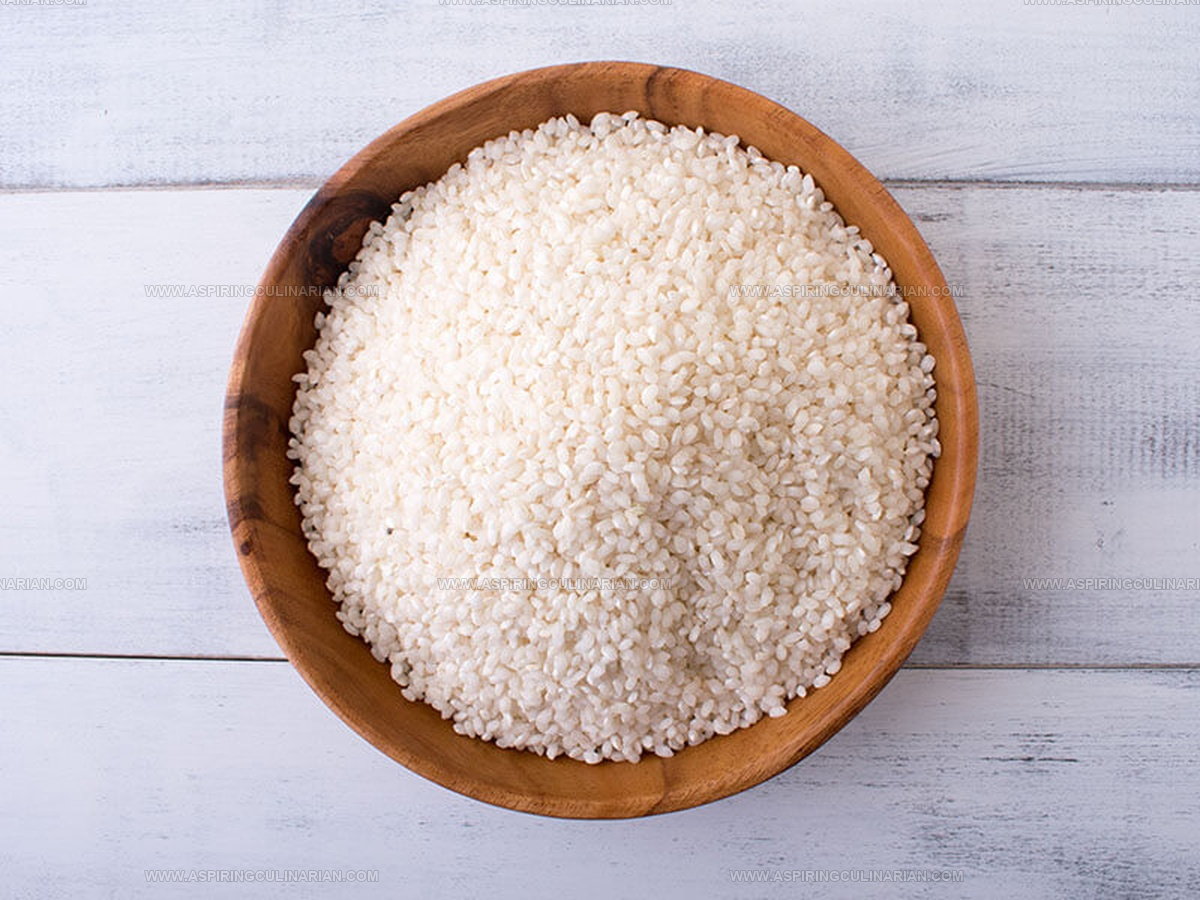
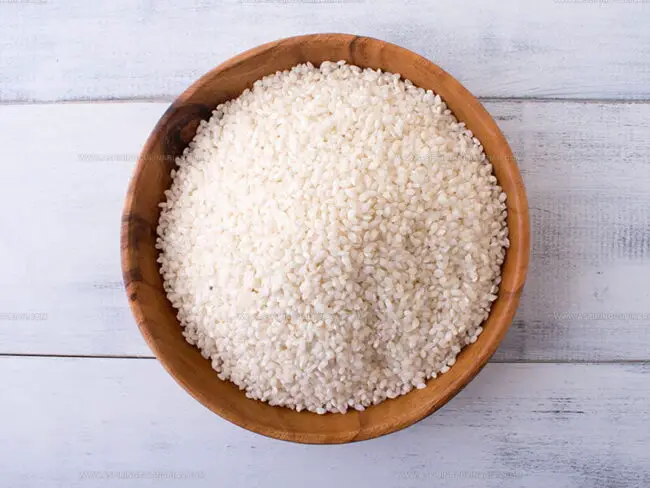
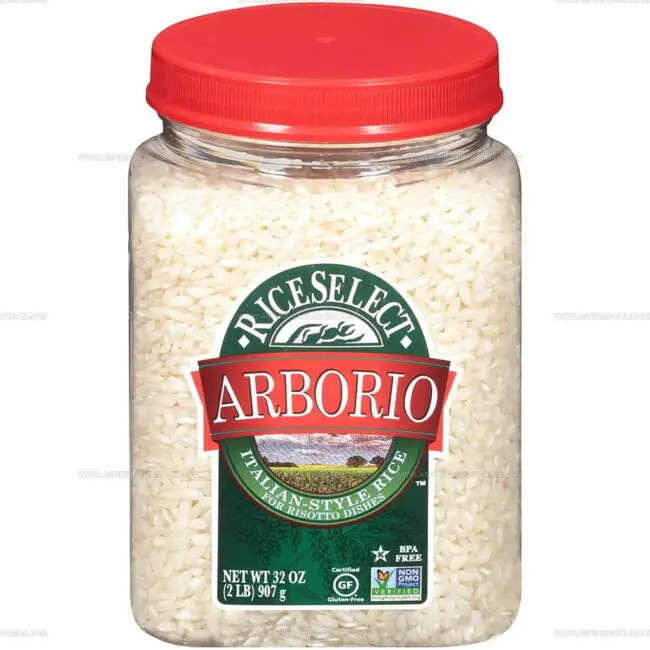
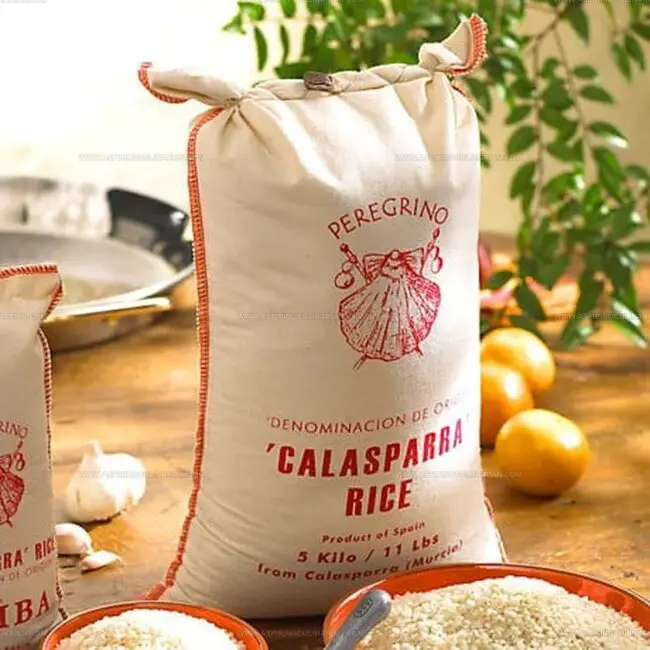
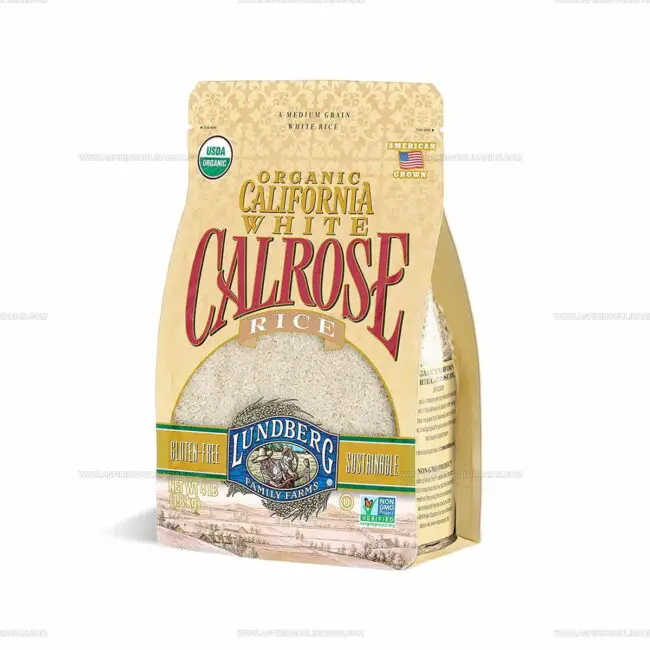
Nathaniel Brooks
Founder & Recipe Developer
Expertise
Farm-to-table cuisine, Seasonal recipe development, Culinary storytelling
Education
Ivy Tech Community College – Indianapolis, IN
Culinary Arts / Hospitality Administration & Events
Focused on hands-on training in classical and modern culinary techniques.
Nathaniel’s story starts in the foothills of the Appalachian Mountains, where farm stands, backyard gardens, and old family recipes shaped his love for real food. After graduating from Ivy Tech Community College in Indianapolis, he spent years working in farm-to-table kitchens, learning how to turn local, seasonal ingredients into something memorable.
Today, Nathaniel pours that same spirit into every single recipe on Aspiring Culinarian – recipes that feel real, comforting, and connected to the land. When he’s not in the kitchen, you’ll find him foraging wild herbs, chasing sunsets with his camera, or writing about the flavors that shaped his roots.